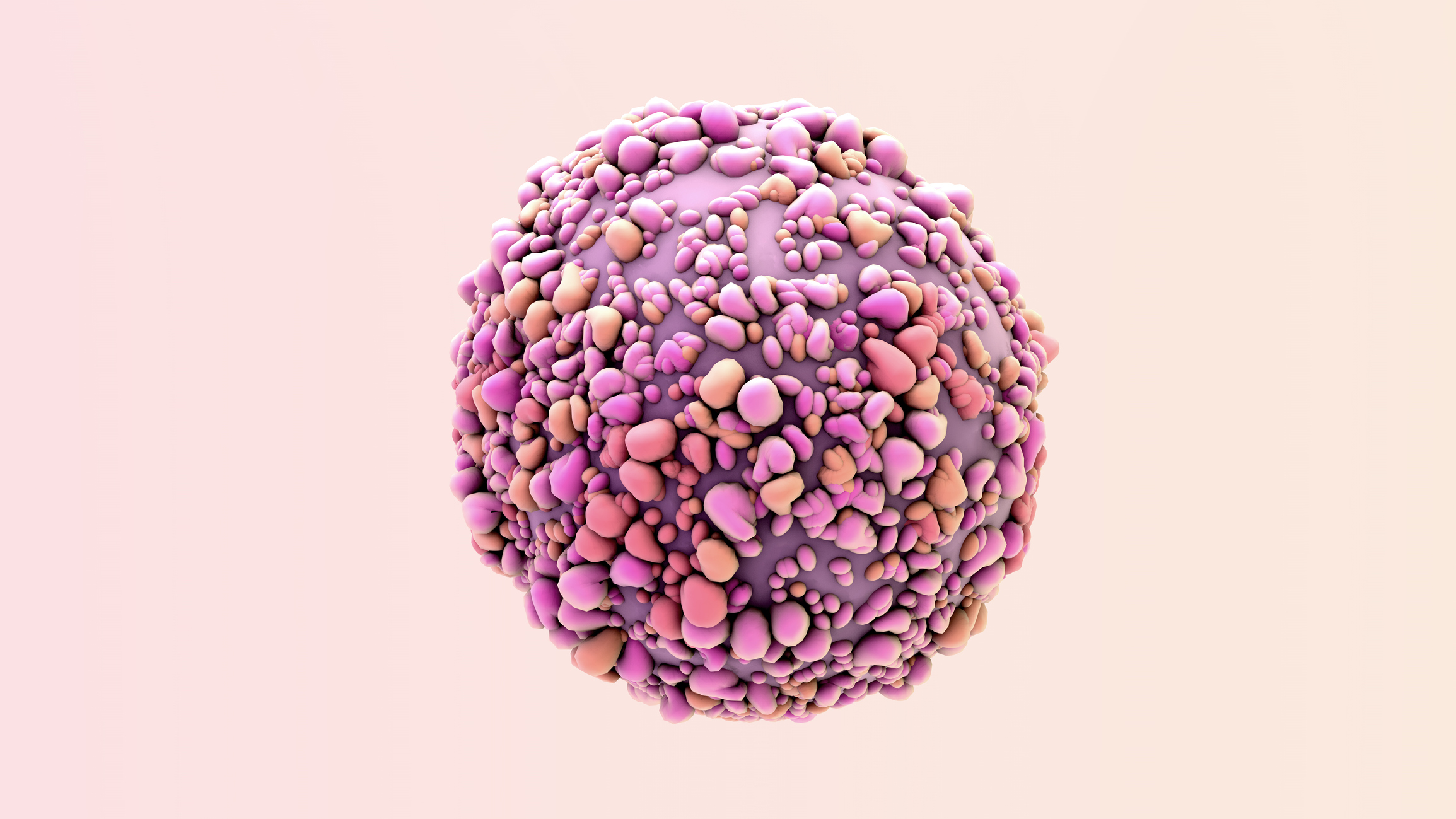Recently, the enzyme nudix hydrolase 15 (NUDT15) has been identified as an additional component of the thiopurine metabolism pathway. NUDT15 (also known as MTH2) catalyzes the dephosphorylation of 6-thioguanosine triphosphate (6-TGTP) and 6-thio-deoxyguanosine triphosphate (6-TdGTP), which is the active metabolite of thiopurine medications. Thiopurine compounds, which were first synthesized in the 1950s, are widely used in the treatment of childhood leukemia, inflammatory bowel disease, and autoimmune disorders. For many years, TPMT has been recognized as an enzyme that is involved in thiopurine metabolism, and interindividual variation in TPMT activity has been known to contribute to differences in risk of thiopurine toxicity. Genetic variation that leads to decreased NUDT15 activity has been recognized as an additional contributor, beyond TPMT, to thiopurine toxicity. In some populations, including Asian and Latino populations, NUDT15 genetic variants are more common than TPMT variants, making this a significant biomarker of toxicity. Clinical genetic testing is now available for a subset of NUDT15 variants, representing a remarkably fast translation from bench to bedside. This review will focus on NUDT15 – from discovery to clinical implementation.Copyright © 2021 The Canadian Society of Clinical Chemists. Published by Elsevier Inc. All rights reserved.
NUDT15: A Bench to Bedside Success Story.


